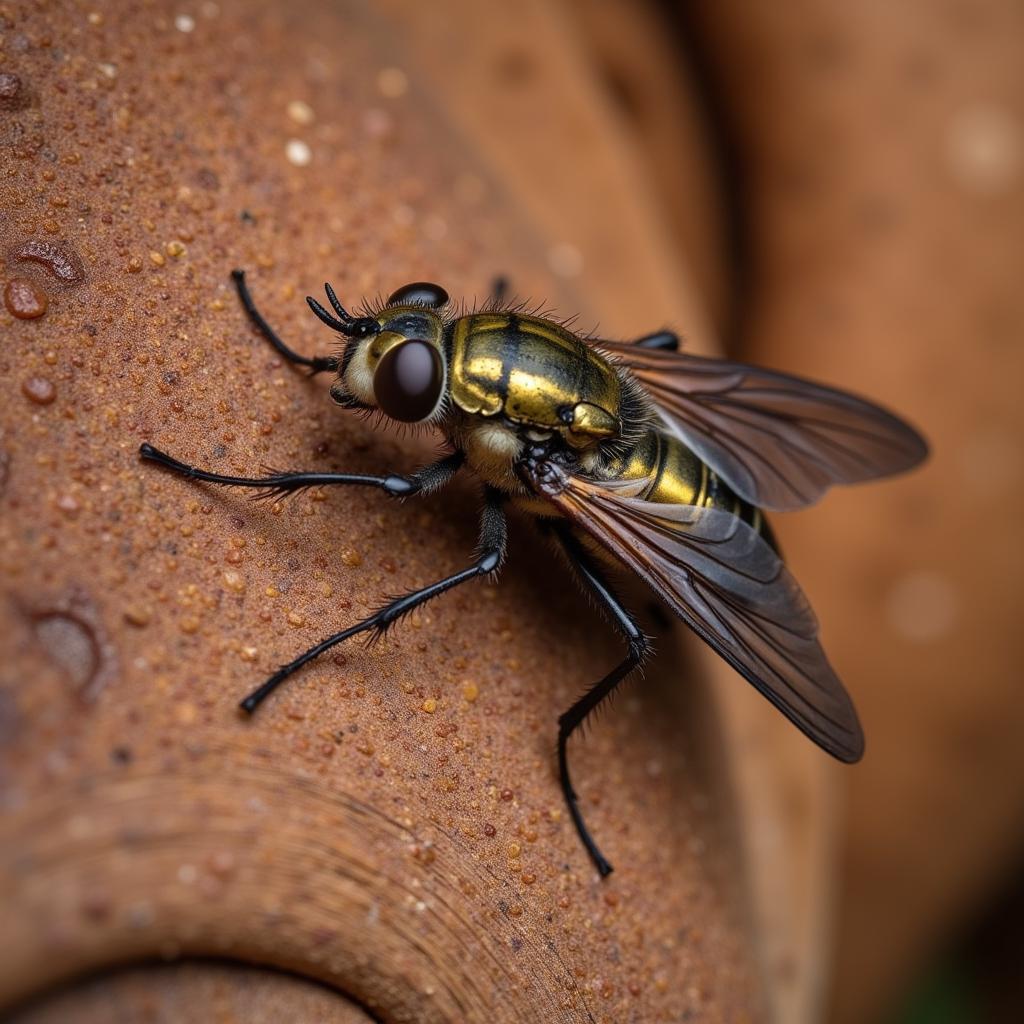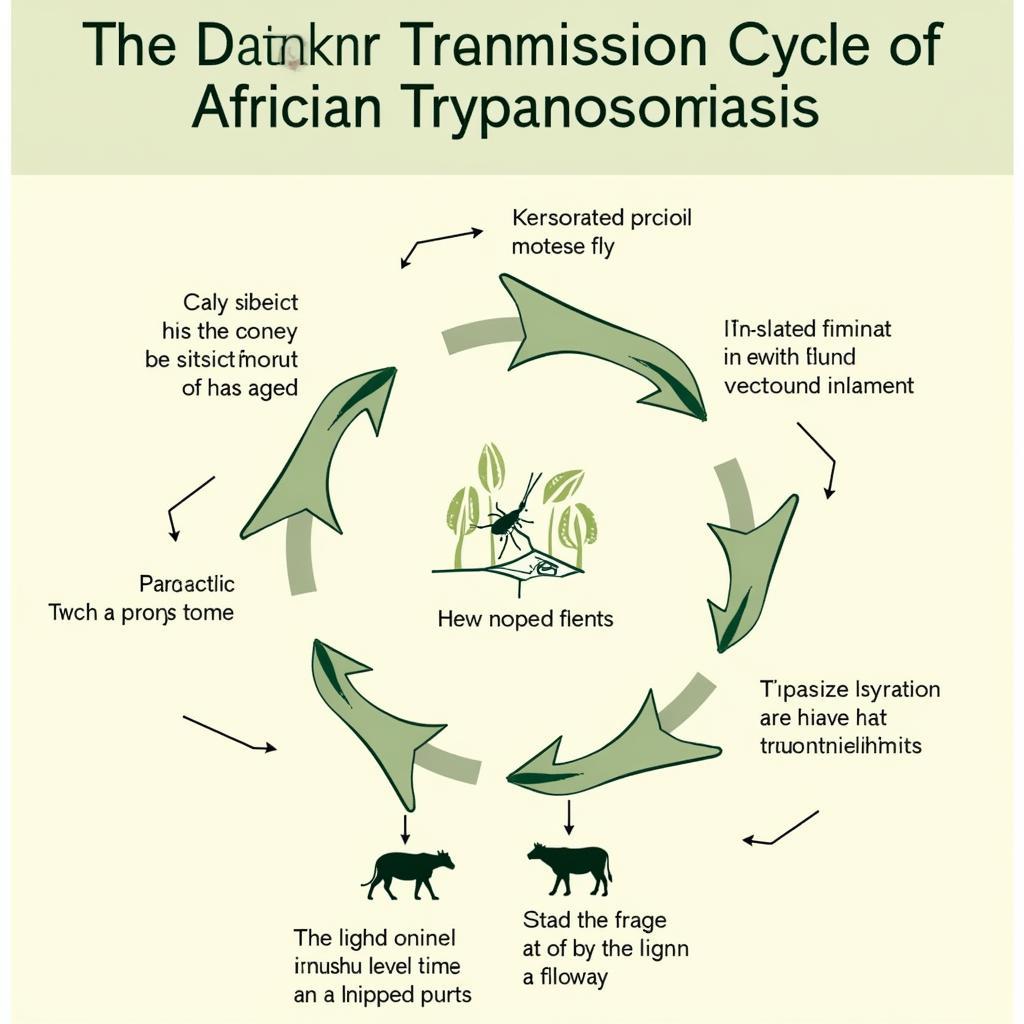African Trypanosomiasis: A Threat to Humans and Livestock
African Trypanosomiasis, also known as sleeping sickness in humans and nagana in animals, is a parasitic disease that affects both humans and animals. It is caused by a protozoan parasite called trypanosome and transmitted to humans through the bite of an infected tsetse fly. This disease is a major public health concern in sub-Saharan Africa, where it primarily occurs in rural areas with limited access to healthcare.
Understanding African Trypanosomiasis
African trypanosomiasis is a debilitating and potentially fatal disease that can have a devastating impact on individuals, communities, and economies. It is crucial to understand the various aspects of this disease, including its causes, symptoms, transmission, and available treatment options.
Causes and Symptoms
As mentioned earlier, the disease is caused by a parasite called trypanosome, which is transmitted through the bite of an infected tsetse fly. These flies are found only in rural Africa and thrive in areas with vegetation, such as forests and woodlands. The symptoms of African trypanosomiasis vary depending on the stage of the disease.
In the early stage, also known as the haemolymphatic phase, symptoms are typically flu-like and may include fever, headache, weakness, and swollen lymph nodes. If left untreated, the parasite can cross the blood-brain barrier and enter the central nervous system, leading to the neurological phase of the disease.
 Tsetse Fly on an African Bovine
Tsetse Fly on an African Bovine
The neurological phase, also known as the meningoencephalitic phase, is characterized by more severe neurological symptoms, including confusion, personality changes, seizures, difficulty sleeping (hence the name “sleeping sickness”), and eventually coma.
Transmission and Risk Factors
Transmission of African trypanosomiasis occurs primarily through the bite of an infected tsetse fly. When an infected fly bites a human or animal, it injects the trypanosome parasite into the bloodstream. The parasite then multiplies and spreads throughout the body.
 African Trypanosomiasis Transmission Cycle
African Trypanosomiasis Transmission Cycle
Several factors can increase the risk of contracting African trypanosomiasis, including living in or visiting rural areas where tsetse flies are present, particularly near water sources where flies are more abundant. Additionally, occupations that involve spending significant time outdoors, such as farming, fishing, or hunting, can also increase the risk of exposure.
Diagnosis and Treatment
Diagnosing African trypanosomiasis requires laboratory testing to identify the presence of the parasite in the blood or other body fluids. The card agglutination test is a rapid diagnostic test that can be used in the field to detect trypanosome antibodies. However, microscopic examination of blood samples is still considered the gold standard for diagnosis.
Treatment for African trypanosomiasis depends on the stage of the disease and the specific type of trypanosome parasite involved. Several anti-parasitic drugs are available, and treatment is most effective when the disease is diagnosed and treated early.
Prevention and Control
Preventing African trypanosomiasis involves a multifaceted approach that includes vector control, early diagnosis and treatment, and community education.
Vector Control
Controlling the tsetse fly population is crucial in preventing the spread of African trypanosomiasis. This can be achieved through methods like insecticide-treated traps and targets, aerial spraying, and the modification of tsetse fly habitats.
Early Diagnosis and Treatment
Early diagnosis and prompt treatment of infected individuals are essential to prevent the progression of the disease and reduce transmission. Active surveillance programs in endemic areas can help identify cases early and initiate treatment promptly.
Community Education
Raising awareness about African trypanosomiasis among communities at risk is vital for prevention and control. Educational campaigns can focus on promoting personal protection measures, such as wearing protective clothing, using insect repellent, and sleeping under insecticide-treated nets.
Conclusion
African trypanosomiasis is a significant public health challenge in sub-Saharan Africa. By understanding the causes, symptoms, transmission, and prevention methods, we can work towards controlling this devastating disease and improving the health and well-being of affected communities. Collaborative efforts involving governments, healthcare providers, and researchers are crucial for developing effective control strategies, improving diagnostic tools, and finding new treatments for African trypanosomiasis.
It is important to remember that early diagnosis and treatment are essential for a positive outcome. If you live in or plan to travel to an area where African trypanosomiasis is present, take necessary precautions to prevent tsetse fly bites and seek immediate medical attention if you experience any symptoms. By working together, we can strive to eliminate African trypanosomiasis and create a healthier future for all.
FAQs about African Trypanosomiasis
1. What is the most common way to get African trypanosomiasis?
The most common way to get African trypanosomiasis is through the bite of an infected tsetse fly.
2. Can African trypanosomiasis be cured?
Yes, African trypanosomiasis can be cured with anti-parasitic medications, especially if diagnosed and treated early.
3. Is there a vaccine for African trypanosomiasis?
Currently, there is no vaccine available for African trypanosomiasis.
4. Where is African trypanosomiasis most prevalent?
African trypanosomiasis is most prevalent in sub-Saharan Africa, particularly in rural areas with tsetse fly populations.
5. What are the long-term effects of African trypanosomiasis?
If left untreated, African trypanosomiasis can lead to serious neurological complications, including personality changes, seizures, coma, and even death.
For further information about African trypanosomiasis, you may find these articles helpful:
- African bovine
- African farm animals
- African sleeping sickness is due to
- African fly lays eggs in skin
If you have any concerns or require assistance, please do not hesitate to contact us. Our dedicated team is available 24/7 to provide support and address your queries. You can reach us via phone at +255768904061, email us at [email protected], or visit our office located at Mbarali DC Mawindi, Kangaga, Tanzania.


